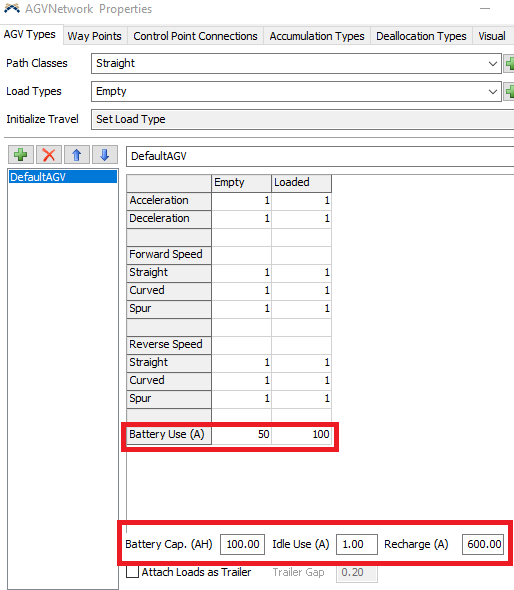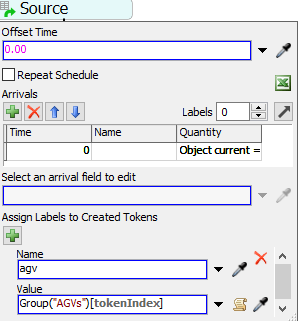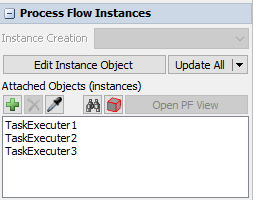Hello, team.
I would like to simulate by applying a battery to the AGV.
However, I don't know much about battery technology related to agv.
Is there a sample file or manual that you can refer to?
I coordinate with the ship dimension. Can I continue to use the battery function using the dispatcher?
If possible, when the battery capacity reaches 30%, can the agv return to the charging station to charge it self?
question
agv battery Function How to use it.
Hi @Doris C, was Felix Möhlmann's answer helpful? If so, please click the "Accept" button at the bottom of their answer. Or if you still have questions, add a comment and we'll continue the conversation.
If we haven't heard back from you within 3 business days we'll auto-accept an answer, but you can always unaccept and comment back to reopen your question.
Any task executers that travel on an agv network will use the build in agv battery functionality. This essentially consists of a kinetic tracked variable that decreases over time with the rates set in the "AGV Types" tab of the AGV network.

The current charge level can be accessed via the AGV class of that object.
AGV(object).batteryLevel // charge level in percent AGV(object).ampHours // charge level in Ah
To have the task executer recharge when the battery level falls below a certain threshold, you could set up a simple process flow that monitors the charge level and preempts the task executer if it needs to be recharged. "AGV(object).startRecharge()" will start the recharge process and also return the time it takes until the agv is fully charged again. This time can be used to delay the task executer until it is recharged.
Thank you for the detailed explanation.
Let me ask you a few more questions.
First, can I return to agv when 85% of the charging station is charged?
The second time, I want to put in several agvs, but if I designate a group and put it in, an error occurs. What's wrong?
To only charge up to a given percentage, simply adjust the delay time. The "startRecharge" command returns the time it takes to charge to 100%. So if you divide it by the missing charge you get the time it takes to recharge 1%. Then multiply it by the amount you want to recharge.
AGV(token.agv).startRecharge()/(100 - AGV(token.agv).batteryLevel)*(85 - AGV(token.agv).batteryLevel)
You didn't attach anything so I can't say what is causing your error. But generally I would suggest to either determine the number of needed tokens via the amount of objects in the group and assign agvs to each token based on the tokenIndex (first created token has an index of 1, second 2,...).

Or you use an instanced process flow and connect all objects in the group to it.

Hello @Felix Möhlmann!
I was wondering about the red marked variables and their units in the picture above. It says that the "Battery Use", "Idle Use", and "Recharge" uses amps, but is it amps per second or meter or something else? Likewise, is it possible to change these units to for example kWh?
The conversion should be simple.
Amps (I) are coulombs per second (flow of charged particles). Volts (V) are Joules per coulomb. Power (P) is Joules per second and P= I x V. 1 Watt is 1 joule per second.
kWh is usually a measure of stored energy and is independent of the consumption rate. 1kWh is 3600000 Joules. (seconds in an hour x 1000 Watts).
Ampere Hours are a measure of stored charge. 1kWh at 120V = 1000/120=8.3AH.
question details
20 People are following this question.
